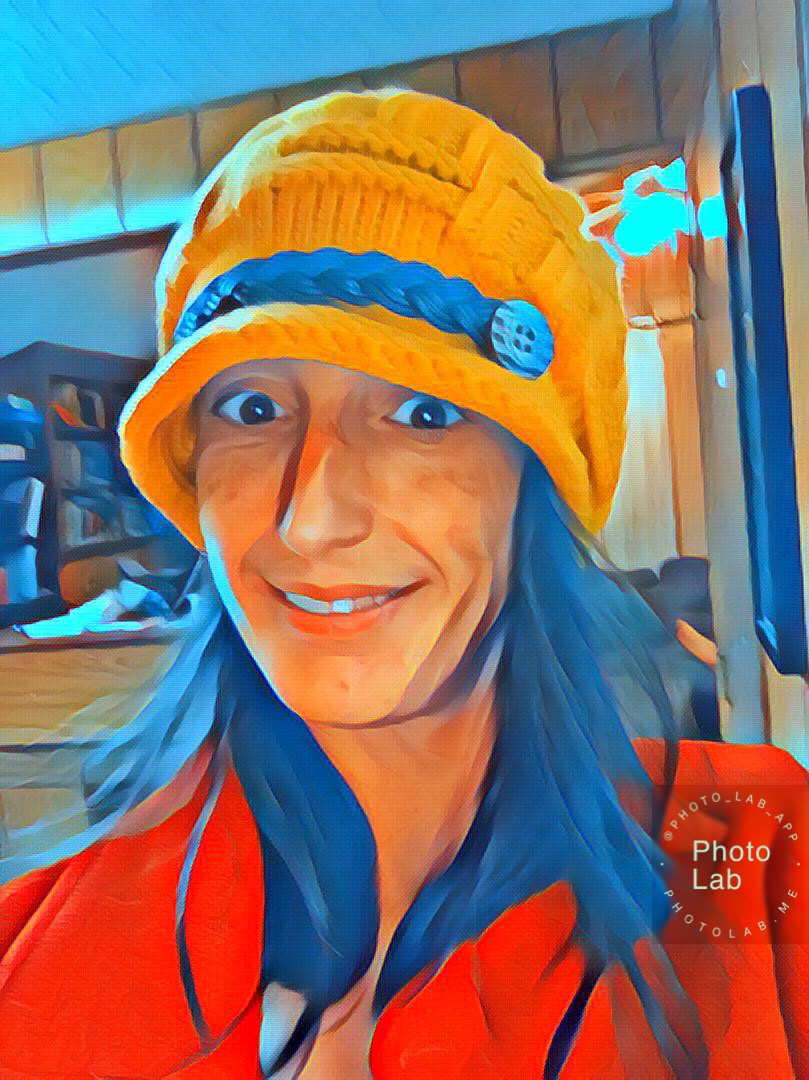Resist Background Using Rubber Cement
- Heather McClelland
- Mar 10, 2020
- 3 min read
Updated: Nov 17, 2023
I love using stuff in arts and crafting for purposes that they usually aren't intended for.
When I was making my batik flags, I had looked up different resist methods that I could possibly use. The most traditional being the wax method for fabric and masking fluid for paper.
I also found some articles saying rubber cement could be used. So, next trip to Walmart, I got me some rubber cement. Yay.
I'll be honest, I didn't even know what you used rubber cement for....turns out, a whole bunch of things. The awesome thing about it is that it is removable, which is why it works as a resist. One other use that I remember is for mounting things on the wall. Perfect for people who are always redecorating, tho I wouldn't try anything too heavy.
So here is my quick tutorial on how I used the rubber cement on watercolor paper.

Materials used:
Glue eraser (optional)
I started by filling my watercolor paper up with a solid color. You'll want to start with a lighter shade and get gradually darker.
I had grabbed both my watercolors and gouache set to do this to compare the two. But somewhere during half of the process, I realized I couldn't remember which one I had started with gouache and which one with watercolors, haha. So, I just continued with gouache. The consistencies are the same, so the effects can't be all that different. And no, I didn't start over 🤫.

Dip a plastic fork into the rubber cement and wave it over your paper like a spaz, haha. You can also fling it to get it in more intentional areas.

Chill for a while and wait for the rubber cement to dry as much as it will - I gave it a whole day and it still remained just a little sticky. But, I didn't need to wait that long. It dried to the same degree in just a few hours.
I had grabbed both my watercolors and gouache set to do this to compare the two. But somewhere during half of the process, I realized I couldn't remember which one I had started with gouache and which one with watercolors, haha. So, I just continued with gouache. The consistencies are the same, so the effects can't be all that different. And no, I didn't start over 🤫.

Keep adding layers of rubber cement and increasingly darker shades of paint - letting them dry in between.


This is completely optional - but here is a glue eraser:

It's made for getting rid of the glue that inevitably sticks on your fingers during projects and then sticks on your project - or any other occasion you might have unwanted glue...for instance, this background. But you can also just use your fingers here.
Rub the eraser or your fingers over the rubber cement and it will start to pill. Your goal is to get it all off.

It starts looking kind of gross, I thought.


But, when you finally remove all the rubber cement, you have something really cool left:

Check out how the paint collected at the edges of where the rubber cement was. Isn't that cool?

Here is a page in my art journal that I did with blue shades:

I've been trying to keep an art journal diary using a weekly planner as my book to do it in. But, I'm having a hard time keeping up. Does anyone have any suggestions?
And here is the finished page:

It's made for getting rid of the glue that inevitably sticks on your fingers during projects and then sticks on your project - or any other occasion you might have unwanted glue...for instance, this background. But you can also just use your fingers here.
Buy the supplies on Amazon:
And for another watercolor background technique, check out my tutorial for a Watercolor Impression Background Technique:
Have a beautiful and colorful day!!
See all my mixed media background techniques to check out and try!
And I'd love it if you pinned this post:



Thank you!















Your next fixation will be this! Because Wordle Game mixes daily challenges, cerebral excitement, and streak-crushing joy, you won't quit playing.